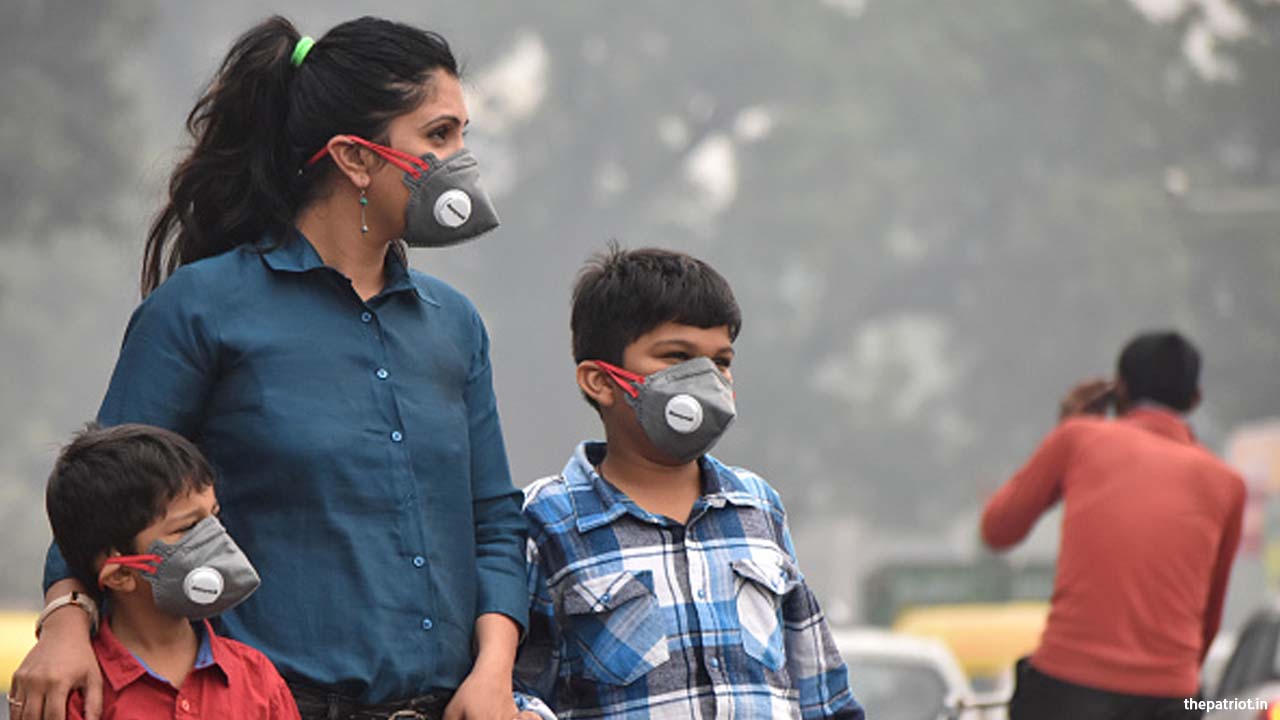
DiYES International School – Air Pollution on Kids’ Lungs is a growing concern worldwide. Children’s respiratory systems are still developing, making them more vulnerable. Exposure to polluted air can cause lasting damage to lung function. Various pollutants like PM2.5, nitrogen dioxide, and ozone pose serious health risks. This article explores how air pollution impacts children’s lung health and what can be done to protect them.
Children breathe faster than adults, increasing their intake of polluted air. Their lungs and immune systems are immature, which heightens susceptibility. Pollutants can penetrate deep into the lungs, causing inflammation. Frequent exposure may result in chronic respiratory diseases like asthma. Studies show that air pollution can reduce lung growth in young children. This reduction may lead to long-term breathing difficulties and lower quality of life.
“Read about: Seasonal Allergies in Kids: Signs, Symptoms, and Solutions”
Fine particulate matter (PM2.5) is one of the most harmful pollutants. It can enter deep into the lungs and bloodstream. Nitrogen dioxide (NO2), mainly from vehicle emissions, irritates the airways. Ground-level ozone forms from chemical reactions between pollutants in sunlight. Ozone exposure triggers coughing, wheezing, and worsens asthma. Indoor air pollution, such as tobacco smoke and cooking fumes, also harms lung health.
Respiratory infections become more frequent among children exposed to poor air quality. Asthma attacks increase in polluted environments. Air pollution aggravates chronic bronchitis and other lung diseases. It can delay lung development and lower lung capacity. Children with pre-existing conditions suffer more severe symptoms. Some studies link pollution to increased hospital visits for breathing problems. Additionally, neurological effects and reduced cognitive development have been associated with pollution exposure.
“Read more: ASEAN and Japan Join Forces to Tackle Human Trafficking and Protect Human Rights”
Parents should limit children’s outdoor activities during high pollution days. Monitoring air quality indexes helps decide when to stay indoors. Schools and communities can install air purifiers to reduce indoor pollution. Avoiding exposure to tobacco smoke is critical for lung health. Planting trees near homes can improve air quality naturally. Governments must enforce stricter emission standards and promote green energy. Public awareness campaigns can educate families on pollution risks and protective measures.
Pediatricians play a key role in identifying pollution-related health issues. Regular lung function tests help track children’s respiratory health. Doctors should counsel families on reducing exposure risks. Early diagnosis of asthma and other conditions improves outcomes. Health care providers can advocate for policies reducing environmental pollution. Collaboration with schools and community groups boosts awareness and support. Medical research continues to study pollution’s impact on children for better prevention strategies.
Air pollution presents a serious threat to children’s lung health worldwide. Understanding the risks and implementing protective measures is essential. Families, healthcare providers, and governments must work together to safeguard young lungs. By acting now, we can reduce respiratory diseases and improve children’s quality of life.